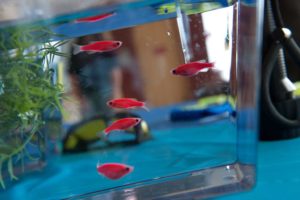Boston Children’s Hospital’s zebrafish nutrition protocol
Optimal nutritional solutions for zebrafish
A few days ago, the team in charge of zebrafish facilities at Boston Children’s Hospital released an insightful summary of the environmental conditions leading to optimal care of their aquatic animal models.
 Their Zebrafish (Danio rerio) Environmental Summary also covers nutrition and feeding protocols which are in tune with our goal to provide optimal nutritional solutions for zebrafish used for biomedical research.
Their Zebrafish (Danio rerio) Environmental Summary also covers nutrition and feeding protocols which are in tune with our goal to provide optimal nutritional solutions for zebrafish used for biomedical research.
The protocol is another step in considering zebrafish nutrition (and overall environment) data as an integral part of research experiments data.
Spotlights on BCH zebrafish nutrition
This protocol spans across all three zebrafish facilities at the hospital. Now, if we focus on the summary’s section reporting on nutrition, we discover that, during 2017, all studies involving zebrafish relied on three products used by our clients:
- Up to 30 dpf (days post fertilisation), RotiGrow Plus was used to feed rotifers .
- Up to 30 dpf, L-type rotifers were also used to feed zebrafish . Feed frequency at this stage relied on constant availability of rotifers for zebrafish to prey upon.
- From 30 dpf and on, zebrafish were fed with Gemma Micro 300 (at a size of 300 µm). Feed frequency was here established at once a day and at a quantity corresponding to ~3-5% of zebrafish body weight.
 The sharing of this protocol is a great contribution in helping reach zebrafish nutrition standards. It also opens discussion on how nutrition protocols can be adapted to research objectives and reproducibility imperatives.
The sharing of this protocol is a great contribution in helping reach zebrafish nutrition standards. It also opens discussion on how nutrition protocols can be adapted to research objectives and reproducibility imperatives.
For our part, we will take time to establish parallels with our proposed nutritional solutions timeline. And to also draw parallels with feeding protocols followed by users of our products.
(Featured Photo by Katherine Cohen for Vector, the Boston Children’s Hospital Science and Clinical Innovation Blog)
